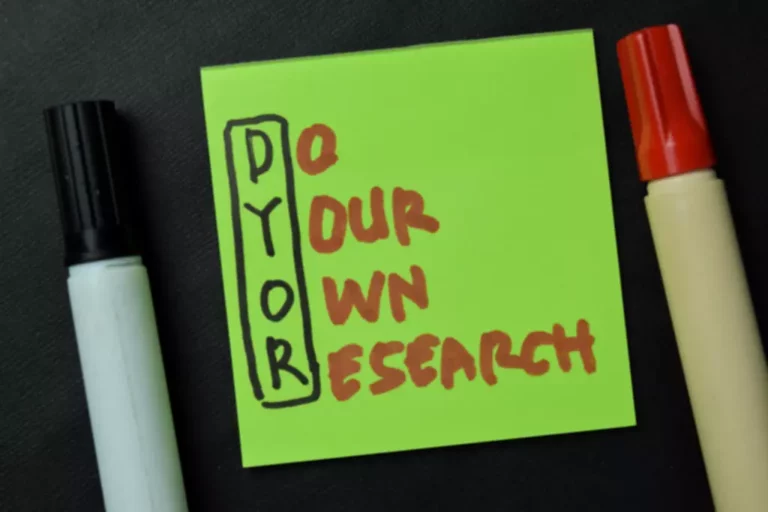Content
But it wasn’t until almost two decades later, with the launch of Bitcoin in January 2009, that blockchain had its first real-world application. For example, exchanges have been hacked in the past, resulting in the loss of large amounts of cryptocurrency. While which is better public or private blockchain the hackers may have been anonymous—except for their wallet address—the crypto they extracted is easily traceable because the wallet addresses are stored on the blockchain.
Industries or Use Cases That Utilize Public Blockchain Networks
This network of programs compares each document with the ones they have stored and accepts them as valid based on the hashes they generate. If a document doesn’t Decentralized finance generate a hash that is a match, that document is rejected by the network. Another significant implication of blockchains is that they require storage.
Role of AI in Influencer Marketing
For example, Bitcoin and Ethereum use Bitcoin Improvement Proposals (BIPs) and Ethereum Improvement Proposals (EIPs), respectively, to get update proposals from their respective communities. These are important features in supply, logistics, payroll, finances, accounting, and many other enterprise and business areas. Christine Campbell https://www.xcritical.com/ is a freelance writer specializing in business and B2B technology.

The Risks of Adding Encrypted Data on the Blockchain
In the coming year, while enterprises can expect to see demand for audit and risk management go up, they can also expect to see growth in supply chain, procurement, and carbon traceability applications. Since the Blockchain is public, anyone can view the entire transaction history. This makes it an ideal platform for systems that need trust and accountability. Supply chains, voting systems, and financial transactions can all benefit from this transparency. Network users cannot modify valid entries on a public blockchain unless a dishonest actor controls more than 51% of the network. Even if this did happen, the modification would be publicly provable and detectable.

Learn how Swift, the world’s leading provider of secure financial messaging services, utilizes Kaleido in its CBDC Sandbox project. If you are looking for rich insights into how the Financial Technology arena is transforming from within, we can help you get the latest knowledge that will stir things up in your career. With this expertise at your disposal, you will be on track to turbocharge your career. Blockchain is borderless, it is like the Internet, there are no borders.
Discover how EY insights and services are helping to reframe the future of your industry. The Home Depot is using IBM Blockchain to gain shared and trusted information on shipped and received goods, reducing vendor disputes and accelerating dispute resolution. In addition, users can suggest changes or updates to the ecosystem, contributing to its governance.
If you have ever spent time in your local Recorder’s Office, you will know that recording property rights is both burdensome and inefficient. Today, a physical deed must be delivered to a government employee at the local recording office, where it is manually entered into the county’s central database and public index. In the case of a property dispute, claims to the property must be reconciled with the public index. This design also allows for easier cross-border transactions because it bypasses currency restrictions, instabilities, or lack of infrastructure by using a distributed network that can reach anyone with an internet connection. The nature of blockchain’s immutability means that fraudulent voting would become far more difficult.
- With Verifiable Credentials and DIDs, individuals have full control of when and who they want to share their information with.
- Learn how the decentralized nature of blockchain sets it apart from traditional record-keeping, the value of a permissioned blockchain for business transactions, and how blockchain promotes new levels of trust and transparency.
- Supply chains, voting systems, and financial transactions can all benefit from this transparency.
- The sheer amount of work it takes to validate the hash is why the Bitcoin network consumes so much computational power and energy.
- In this setup, the participant may use a third-party tool to protect confidential information, like a password manager app, a digital bank vault, or an authentication protocol.
- The credential data is securely stored on individual user devices such as their phones with a digital wallet app rather than on the blockchain itself or centralized servers that can be vulnerable to data breaches.
Despite challenges like scalability, energy use, and regulatory uncertainty, public Blockchains are driving innovation in various sectors, from finance to supply chain management. As the technology evolves, public Blockchains will likely play more important roles in our world. Any private, public, or permissioned blockchain can provide useful analytical insights. However, public blockchains generally offer the most data because of the sheer volume of participants and variety of transactions. Public blockchain networks are the foundational technology behind the vast and growing world of decentralized digital systems. Characterized by their open and permissionless nature, these networks allow anyone to participate, whether it’s to execute transactions, validate blocks of transactions, or read the blockchain.
Hybrid blockchain combines elements of both private and public blockchain. It lets organizations set up a private, permission-based system alongside a public permissionless system, allowing them to control who can access specific data stored in the blockchain, and what data will be opened up publicly. “You can think of private blockchains as being the intranet, while the public blockchains are more like the internet,” Godefroy said. They are given the power to contribute their ideas, get involved in the validation process of transactions and maintain the public network with no interference from a central authority. Anyone can access and view the ledger at any time which makes public blockchains completely transparent. The network operator(s) or a set protocol approved by the network use smart contracts or other automated methods to authenticate and verify the participant’s details.
Truvera enables IDV providers and IAM systems to verify the same person across multiple businesses or siloed systems. It enables them to easily confirm that a user has been verified before, create a consistent view of that user’s identity and significantly reduce onboarding friction. However, there are different ways to maintain a high degree of privacy and confidentiality. In addition to using Verifiable Credentials, off-chain data can be linked to a public blockchain by storing a hash of the information on the blockchain. By storing the hash, anyone can verify that the information has not been modified off-chain, as any changes to the original data would result in a different hash.
They must also obtain permission before reading, writing, or editing the blockchain. Enterprises in various industries can use one of three different blockchain networks to operate specific systems and processes. As an enterprise manager, it is important to know which blockchain network will work for your organization. As the top-ranked blockchain services provider, IBM Blockchain Services have the expertise to help you build powerful solutions, based on the best technology.
Limited throughput meant high and unpredictable costs for transactions. Yuga Labs is a case in point, where a popular NFT sale ran up a gas tab of nearly $125 million. All this led to the emergence of permissioned chains in enterprise applications. A blockchain is a distributed, digital ledger that records transactions on multiple computers, creating a permanent and tamper-evident record.
Public blockchains are immutable, meaning that once a transaction is added to the blockchain, it cannot be changed or deleted. This makes public blockchains an ideal platform for creating a tamper-proof ledger. One of the key differences between public and private blockchains is decentralization.


